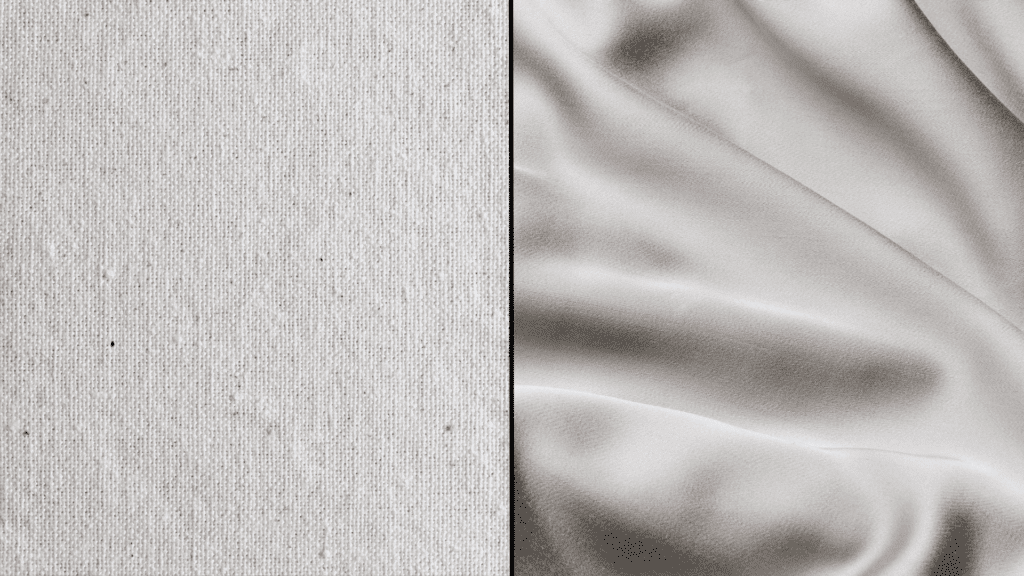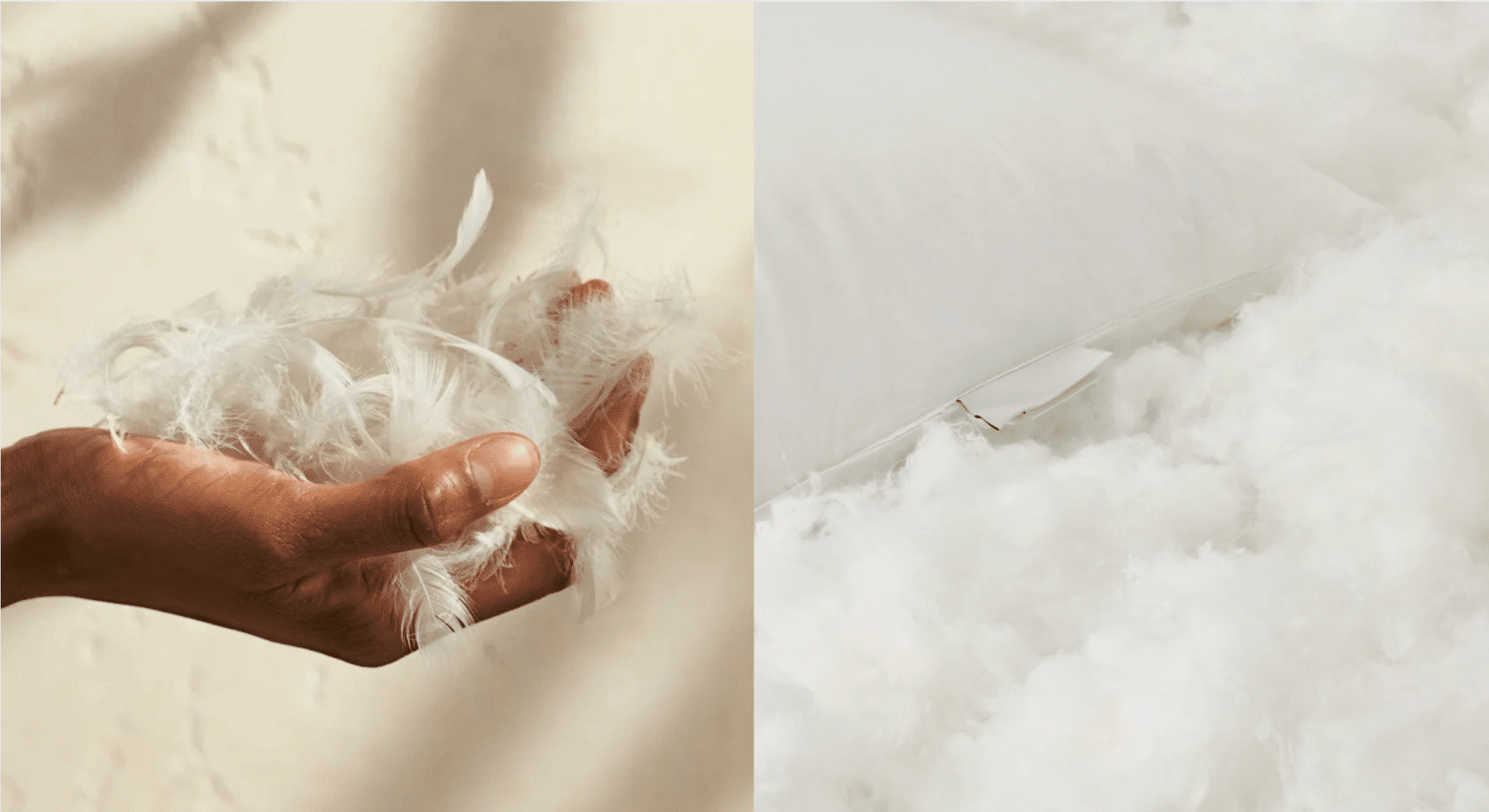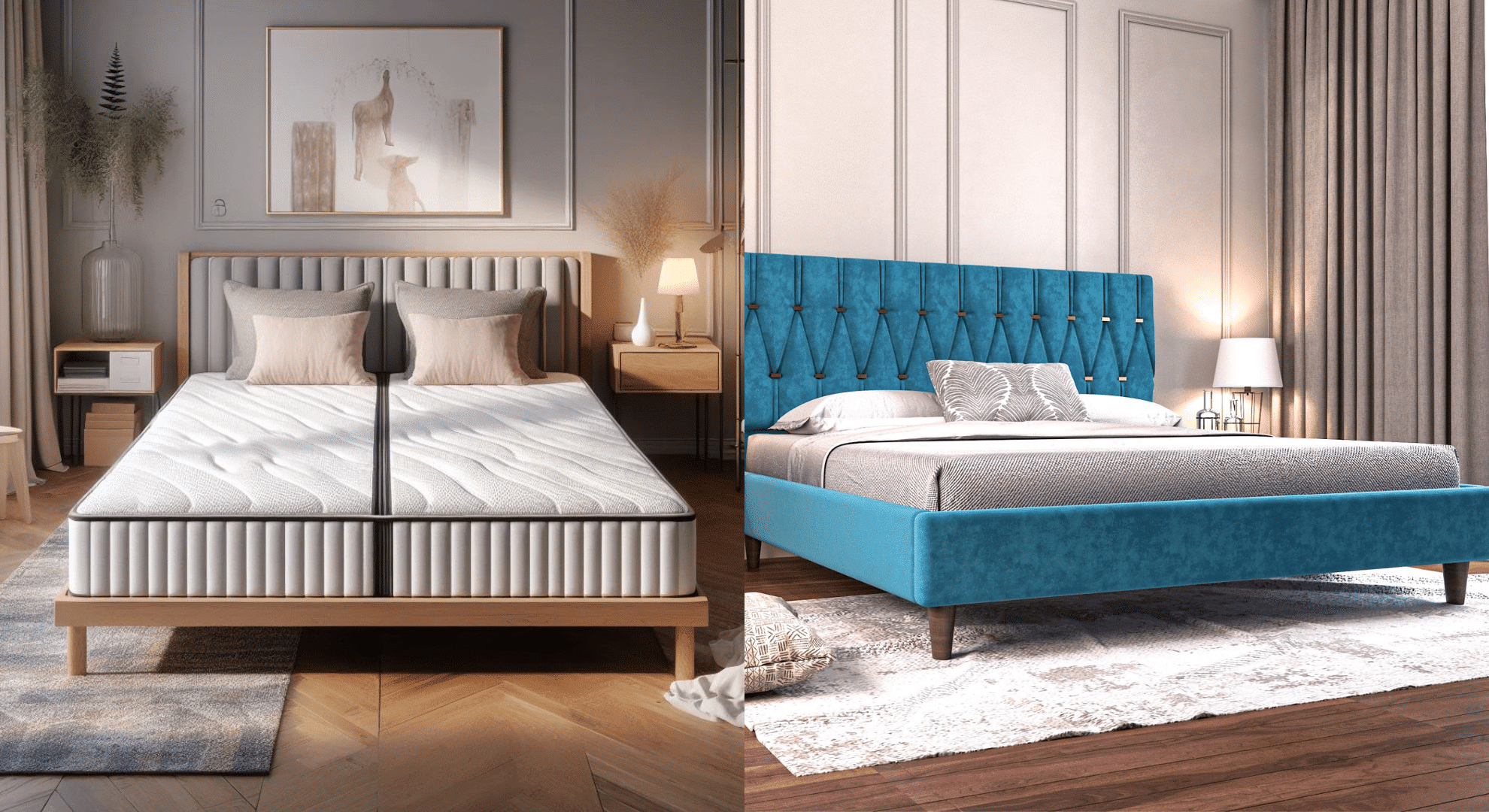I’ve seen a lot of people buy the wrong flat sheet size simply because the label sounded right.
Then they get home, make the bed, and realize it barely tucks in, or hangs too long on the sides. Getting the right size makes a big difference in how your bed looks and feels.
In this blog, I’ll go over everything you need to know about flat sheet sizes, international variations, measuring tips, fabric options, and even a few buying and care pointers.
By the end, you’ll know exactly what to look for and how to choose the best fit for your bed.
What is a Flat Sheet and Why It Matters
A flat sheet is a rectangular piece of fabric that lies on top of your fitted sheet and underneath your blanket or comforter. It’s not elasticized like a fitted sheet; it simply lies flat.
The main difference is how they function. A fitted sheet wraps tightly around your mattress with corners that grip the sides. A flat sheet acts more like a protective layer. It keeps your duvet or comforter clean and adds a bit of comfort.
In my experience, people either love or skip flat sheets completely. But if you care about hygiene, layering, or temperature control, they’re worth using. They’re easier to wash than bulky comforters and can help regulate heat.
A common misconception is that one size fits all, but that’s rarely true. Choosing the right size ensures neat tucking, fewer wrinkles, and a smooth sleep surface.
Standard Flat Sheet Sizes
When shopping for flat sheets, it’s easy to assume every brand follows the same standard. But measurements can vary slightly between manufacturers, especially in length. Its good practice to double-check dimensions before buying.
Flat Sheet Size Chart (Inches and CM)
| Mattress Size | Flat Sheet Dimensions (in) | Flat Sheet Dimensions (cm) |
|---|---|---|
| Twin | 66 x 96 | 168 x 244 |
| Twin XL | 66 x 102 | 168 x 259 |
| Full | 81 x 96 | 206 x 244 |
| Queen | 90 x 102 | 229 x 259 |
| King | 108 x 102 | 274 x 259 |
| California King | 108 x 110 | 274 x 279 |
If your mattress is thicker than average, consider sizing up for easier tucking. For example, a Queen flat sheet can fit a Full bed if you prefer more overhang.
Most brands follow these numbers, but a few luxury options add a couple of extra inches for a looser drape and better coverage on pillow-top mattresses.
Oversized and Deep-Pocket Options
The term “oversized” refers to sheets that are longer or wider than standard dimensions. They’re designed for taller mattresses or sleepers who prefer extra tuck space.
Deep-pocket mattresses, usually 14 to 18 inches thick, often need larger sheets. While flat sheets don’t have pockets, you’ll want extra width and length to tuck properly.
When in doubt, measure your mattress height and compare it to the sheet’s dimensions. Adding at least 10 inches to both the length and width gives enough tuck allowance for deep mattresses.
If you use a mattress topper or padded protector, go one size up. It’s a simple trick that prevents nightly battles with corners popping out or edges lifting.
International Flat Sheet Sizes
Flat sheet sizing differs around the world, so it helps to check dimensions before ordering internationally.
- U.S. sizes are typically longer, giving extra tuck length.
- UK sheets often run narrower but slightly longer.
- EU and Australian sheets have wider dimensions but can vary based on local standards.
For example, a UK Double flat sheet measures about 81 x 96 inches (205 x 245 cm); close to a U.S. Full. Meanwhile, an EU King sheet runs around 102 x 110 inches (260 x 280 cm), which matches a U.S. California King.
If you’re shopping online from an international store, look for both inch and centimeter measurements instead of relying solely on size names. It’s an easy way to avoid mismatches and returns.
The goal is simple: match the flat sheet to your mattress size, not just the label, so it lays evenly across the bed without excess fabric or tension.
How to Measure Your Bed for the Right Flat Sheet
Before buying, it’s worth taking five minutes to measure your bed. Here’s how I do it:
- Measure the mattress width and length. Use a measuring tape across the top from edge to edge.
- Check the mattress height. Include toppers or protectors if you use them.
- Add tuck allowance. Add 10–12 inches to each side if you like to fold your sheet under tightly.
- Consider shrinkage. Natural fabrics like cotton or linen may shrink slightly after the first wash, so aim for an extra inch or two.
For example, if your Queen mattress is 60 x 80 inches and 15 inches high, you’ll want a flat sheet at least 90 x 102 inches. That gives you room to tuck securely under all sides.
Measuring might feel tedious, but it ensures a polished, hotel-style bed that stays in place all night.
Flat Sheet vs. Other Types
I often get asked, “Can I just buy one type of sheet?” The short answer: you could, but each plays a different role.
- Fitted Sheet: Has elastic corners and fits snugly around the mattress.
- Flat Sheet: Lies on top and adds comfort and protection.
- Sheet Set: Usually includes both, plus pillowcases, for a consistent look.
The sizing difference is important. Fitted sheets match your mattress dimensions exactly, while flat sheets should extend several inches beyond for tucking.
If you mix brands, make sure the dimensions align. Some sets run smaller, especially imported ones. When in doubt, go up one size in your flat sheet; it’s easier to adjust extra fabric than deal with not enough.
Fabric, Thread Count, and Feel

In my experience, the feel of a flat sheet depends more on the fabric than the thread count. Here’s a quick guide:
- Cotton: Soft, breathable, and easy to maintain. Great for everyday use.
- Linen: Naturally cool, moisture-wicking, and long-lasting, but it wrinkles easily.
- Bamboo: Smooth, eco-friendly, and great for sensitive skin.
- Silk: Luxurious, temperature-regulating, but requires delicate care.
As for thread count, higher doesn’t always mean better. Sheets in the 300–500 TC range feel crisp yet breathable. Anything above 800 can feel heavy or trap heat.
Flat Sheet Care Guide
Proper care keeps your sheets comfortable and long-lasting, even if they’re not expensive.
1. Washing: Use cold or warm water, not hot, to prevent fibers from breaking down and to maintain color. A gentle detergent works best.
2. Drying: Tumble dry on low heat or hang them to air dry. This helps reduce shrinkage and keeps the fabric smooth.
3. Ironing (optional): If you like crisp sheets, lightly iron while slightly damp. Skip fabric softeners—they can coat fibers and reduce breathability.
4. Storage: Fold sheets neatly and store them in a cool, dry drawer or linen closet. Slip a lavender sachet or dryer sheet between stacks to keep them smelling fresh.
With a little attention, even budget-friendly sheets can stay soft, bright, and comfortable for years.
DIY Flat Sheet Guide
If you like sewing, making your own flat sheet is easier than you might think. It’s a great way to save money and get the exact size, fabric, and color you want.
Step 1: Choose the Best Fabric
Cotton percale or lightweight linen are excellent choices. They’re breathable, easy to sew, and hold up well in the wash. If you want something softer, consider cotton sateen. For a crisp hotel feel, go with percale.
Step 2: Measure Your Mattress
Start by measuring the length and width of your mattress. Then add 20 inches to each measurement.
- The extra fabric allows for tucking and hemming on all sides.
- For example, if your mattress is 80″ x 60″, cut your fabric to 100″ x 80″.
Step 3: Buy the Right Amount of Fabric
- For twin or full beds, you’ll need about 2.5 to 3 yards of fabric.
- For queen or king beds, plan for 3.5 to 4 yards.
It’s always better to buy a little extra fabric to allow for shrinkage or mistakes.
Step 4: Cut and Hem the Edges
Lay your fabric flat on a large surface and trim it to the measured size.
- Fold each edge ½ inch inward and press with an iron.
- Fold again another ½ inch to hide the raw edge, then stitch neatly around the entire sheet.
Conclusion
Getting the right flat sheet size is all about balance: comfort, coverage, and fit. Once you know your mattress dimensions and fabric preferences, shopping becomes easy.
I’ve found that taking a few minutes to measure saves plenty of frustration later. Whether you’re buying a full set or making your own, pay attention to size charts, material, and washing care.
A properly sized flat sheet doesn’t just look better; it feels better, too. The right one gives you smoother tucks, easier mornings, and that crisp, hotel-style comfort night after night.
Start by measuring your mattress today and find your perfect flat sheet fit.









